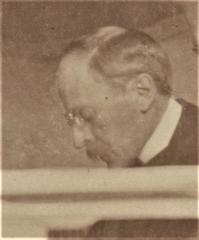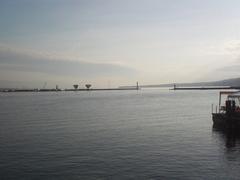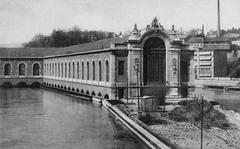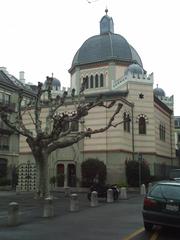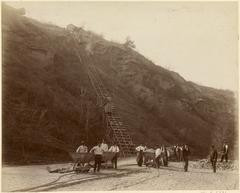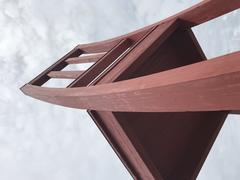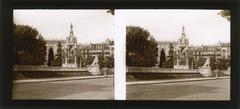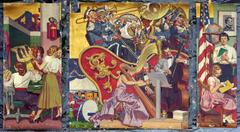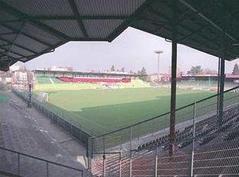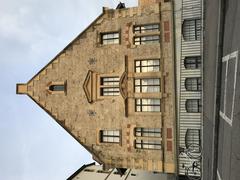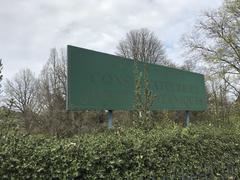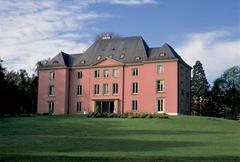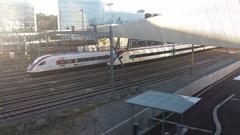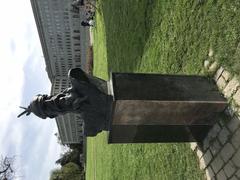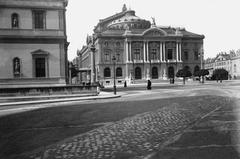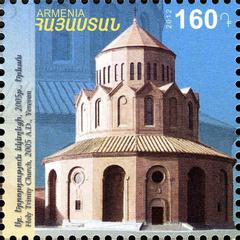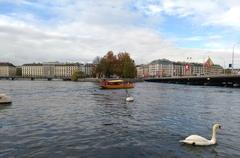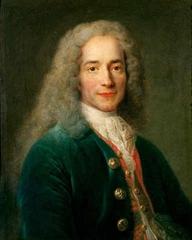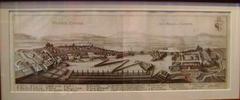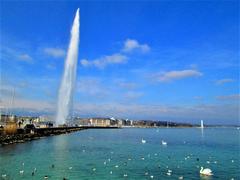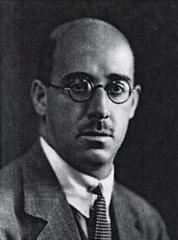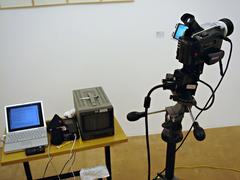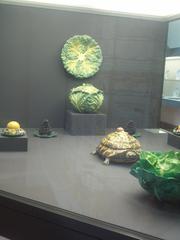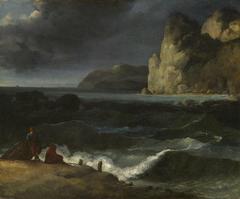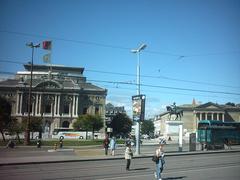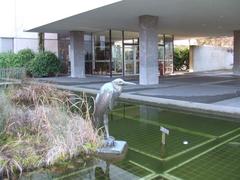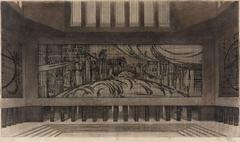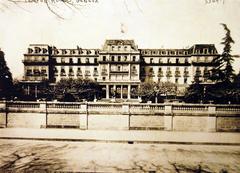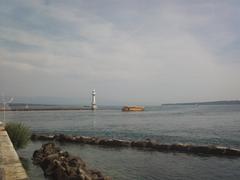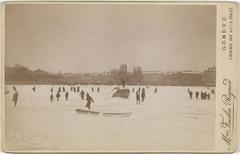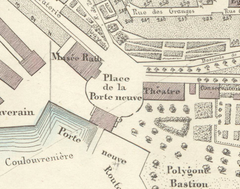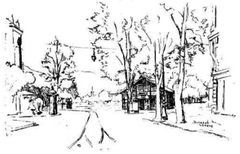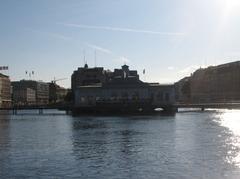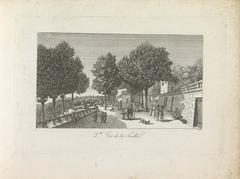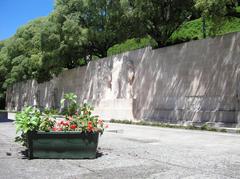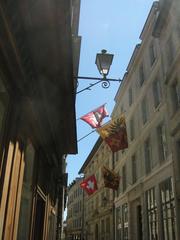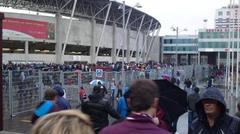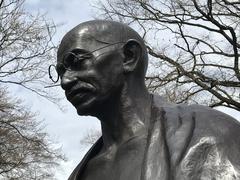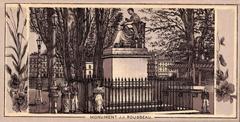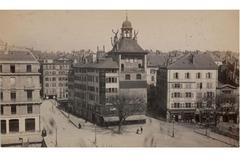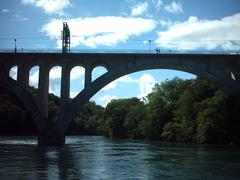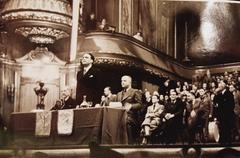Ferdinand Hodler Grave Visiting Hours, Tickets, and Geneva Historical Sites Guide
Date: 14/06/2025
Introduction
Ferdinand Hodler (1853–1918) stands as one of Switzerland’s most iconic painters, celebrated for his unique blend of realism, symbolism, and early modernism. His artistic vision, known as “parallelism,” explored the harmony and rhythm of the natural world and human experience. Geneva, a city closely associated with Hodler’s life and career, offers visitors a wealth of opportunities to engage with his legacy—from museum collections to his final resting place at the Cimetière des Rois. This comprehensive guide provides all the practical information and historical context you need to visit Ferdinand Hodler’s grave and explore related cultural sites in Geneva.
For further details, consult the Musée d’Art et d’Histoire, City of Geneva, and insightful cultural commentary from Eclectic Light Company.
Table of Contents
- Introduction
- Early Life and Formative Years
- Artistic Training and Early Career in Geneva
- Personal Life and Relationships
- Artistic Evolution and Major Works
- Later Years and Final Works
- Visiting Ferdinand Hodler’s Legacy in Geneva and Switzerland
- Visiting Ferdinand Hodler’s Grave: Hours, Location, and Historical Significance
- Summary and Visitor Tips
- References and Further Reading
Early Life and Formative Years
Ferdinand Hodler was born on March 14, 1853, in Bern, Switzerland, the eldest of six children in a family faced with hardship and loss. His father, Jean Hodler, was a carpenter, and his mother, Marguerite Neukomm, came from a modest background. By age eight, Hodler had lost his father and two brothers to tuberculosis. After his mother’s remarriage and further family tragedies, the young Hodler was forced to work early, assisting his stepfather in painting signs and commercial works (Wikipedia).
Orphaned at 14 after his mother’s death, Hodler moved to Thun to apprentice with Ferdinand Sommer. There, he honed his technical skills by producing Alpine landscapes and copying prints for tourists—an experience that deeply influenced his later work (Wikipedia).
Artistic Training and Early Career in Geneva
At 18, Hodler relocated to Geneva, enduring poverty as he sought to establish himself as an artist (divainternational.ch). His fortunes changed when Barthélemy Menn, a prominent professor at the École des Beaux-Arts, recognized his talent and provided rigorous academic training. Exposure to the works of classical masters and contemporary theorists profoundly shaped Hodler’s emerging style (divainternational.ch). He also expanded his knowledge by attending science lectures and copying paintings at the Musée Rath (Wikipedia).
Personal Life and Relationships
Hodler’s personal life was marked by complex relationships. He partnered with Augustine Dupin (his model and mother of his son, Hector Hodler), and later married Bertha Stucki and then Berthe Jacques. These relationships often influenced his art, as seen in works like “La Nuit,” which features his likeness between his wife and his lover (clubpremium.ch; Wikipedia).
Artistic Evolution and Major Works
Hodler’s art evolved from realism to a distinctive symbolism he called “parallelism,” emphasizing symmetry and rhythm. Notable works such as “The Chosen One” (1893) and “Eurythmy” (1895) reflect his interest in cosmic order and the human condition (Wikipedia). His landscapes, inspired by Lake Geneva and the Alps, are celebrated for their spiritual depth and compositional harmony (eclecticlight.co). Hodler also produced significant historical paintings and murals, including large-scale commissions for the Swiss National Exhibition and frescoes for the Swiss National Museum (Wikipedia).
Later Years and Final Works
World War I was a turbulent time for Hodler, marked by his principled protest against the German bombardment of Rheims Cathedral—a stance that led to his expulsion from several German art societies (divainternational.ch). Personal tragedy struck with the illness and death of his companion Valentine Godé-Darel, documented in a moving series of paintings (eclecticlight.co). Despite declining health, Hodler continued to paint powerful landscapes from his Geneva balcony until his death in 1918 (Wikipedia).
Visiting Ferdinand Hodler’s Legacy in Geneva and Switzerland
Where to See Hodler’s Art
- Kunstmuseum Bern: Houses a major collection of Hodler’s works. Open Tuesday–Sunday, 10:00 AM–6:00 PM (Kunstmuseum Bern).
- Musée d’Art et d’Histoire, Geneva: Displays numerous Hodler paintings and archival materials. Open Tuesday–Sunday, 11:00 AM–6:00 PM. Admission is free for Geneva residents and children under 18 (MAH Geneva).
- Swiss National Museum, Zurich: Features Hodler’s monumental frescoes. Open daily except Mondays, 10:00 AM–5:00 PM (Swiss National Museum).
Guided Tours and Travel Tips
Geneva offers guided walking tours focused on its artistic heritage, including sites related to Hodler. The Geneva Museum Pass provides convenient access to multiple museums, while major institutions are generally accessible for visitors with disabilities. Always check museum websites for current hours and accessibility details.
Visiting Ferdinand Hodler’s Grave: Hours, Location, and Historical Significance
Location and Access
Ferdinand Hodler’s grave is located in the Cimetière des Rois (Cemetery of Kings) at Rue des Rois 10, 1204 Geneva. The cemetery lies in the Plainpalais district, within walking distance of the Old Town and Musée d’Art et d’Histoire (MAHMAH). It is accessible by tram lines 12, 14, 18, and bus lines 1, 32.
Upon entering, cemetery maps at the main entrance indicate the location of notable graves, including Hodler’s. His grave is marked by a simple stone, reflecting both dignity and Geneva’s tradition of modesty (City of Geneva).
Historical Significance
The Cimetière des Rois, established in 1482, is Geneva’s equivalent of a cultural pantheon, reserved for those who have made exceptional contributions to the city’s life. It is the resting place of luminaries such as Jean Calvin, Jean Piaget, and Jorge Luis Borges. Hodler’s interment here affirms his lasting impact on Swiss art and culture (Eclectic Light Company; City of Geneva).
Visiting Information
- Hours: Open daily, typically from 7:00 AM to 7:00 PM (seasonal variations may apply).
- Admission: Free for all visitors.
- Guided Tours: While the cemetery itself does not offer regular guided tours focused solely on Hodler, some cultural organizations and tour operators include the site in their itineraries. Check with the Geneva Tourism Office for current offerings.
Accessibility and Facilities
The cemetery is accessible by public transport and features paved paths suitable for most visitors, including those with limited mobility. Benches are available, but there are no on-site cafés or restrooms; nearby facilities can be found in the Plainpalais district. Photography is permitted, but visitors should be respectful and discreet.
Best Times to Visit
Early mornings and late afternoons offer the most tranquil atmosphere and optimal lighting for photography. Spring and autumn are especially picturesque.
Nearby Sites
Enhance your cultural experience by visiting the Musée d’Art et d’Histoire—just a short walk from the cemetery—which holds the world’s largest collection of Hodler’s paintings, drawings, and sketchbooks. The Musée Rath and Geneva’s lakeside promenades are also nearby and worth exploring (MAHMAH; Eclectic Light Company).
FAQ
Q: Where is Ferdinand Hodler’s grave located?
A: In the Cimetière des Rois, Rue des Rois 10, 1204 Geneva.
Q: What are the cemetery’s opening hours?
A: Generally, 7:00 AM to 7:00 PM, with possible seasonal changes.
Q: Is there an entrance fee?
A: No, admission is free.
Q: Can I take photographs?
A: Yes, but please be discreet and respectful.
Q: Are there guided tours?
A: Occasional tours include the cemetery; check with local tourism offices or museums for availability.
Summary and Visitor Tips
Ferdinand Hodler’s grave is not just a site of remembrance but a gateway into the heart of Swiss cultural heritage. Its location within the esteemed Cimetière des Rois underscores Hodler’s significance, while the proximity to Geneva’s leading museums allows visitors to immerse themselves in both his personal story and artistic achievements. By respecting cemetery etiquette, planning your visit during optimal hours, and exploring related sites, you will gain a richer understanding of Hodler’s legacy and Geneva’s vibrant history.
References and Further Reading
- divainternational.ch
- City of Geneva
- Intentional Travelers
- Musée d’Art et d’Histoire, Geneva
- Wikipedia
- Eclectic Light Company
- Swiss National Museum
- Geneva Tourism Office

